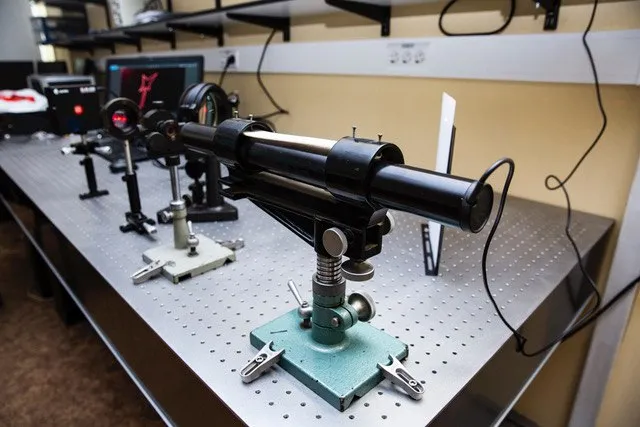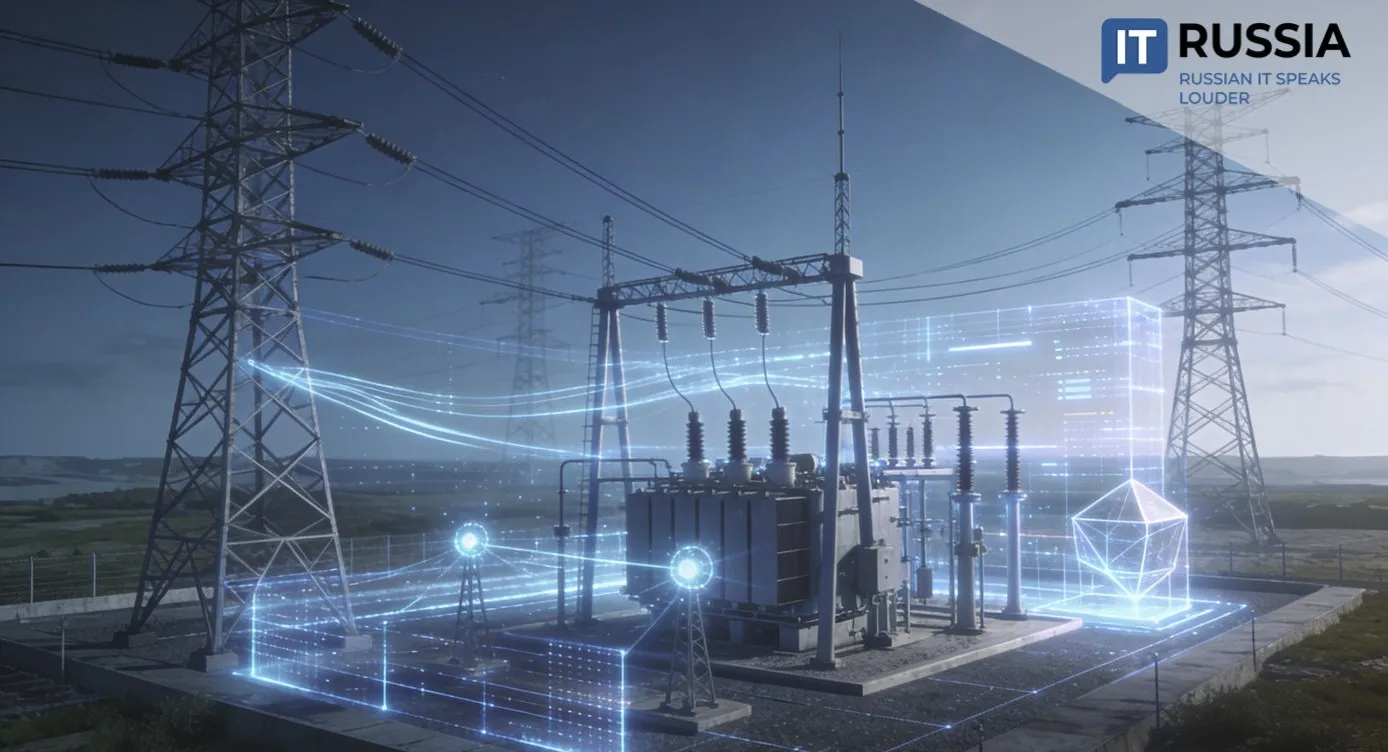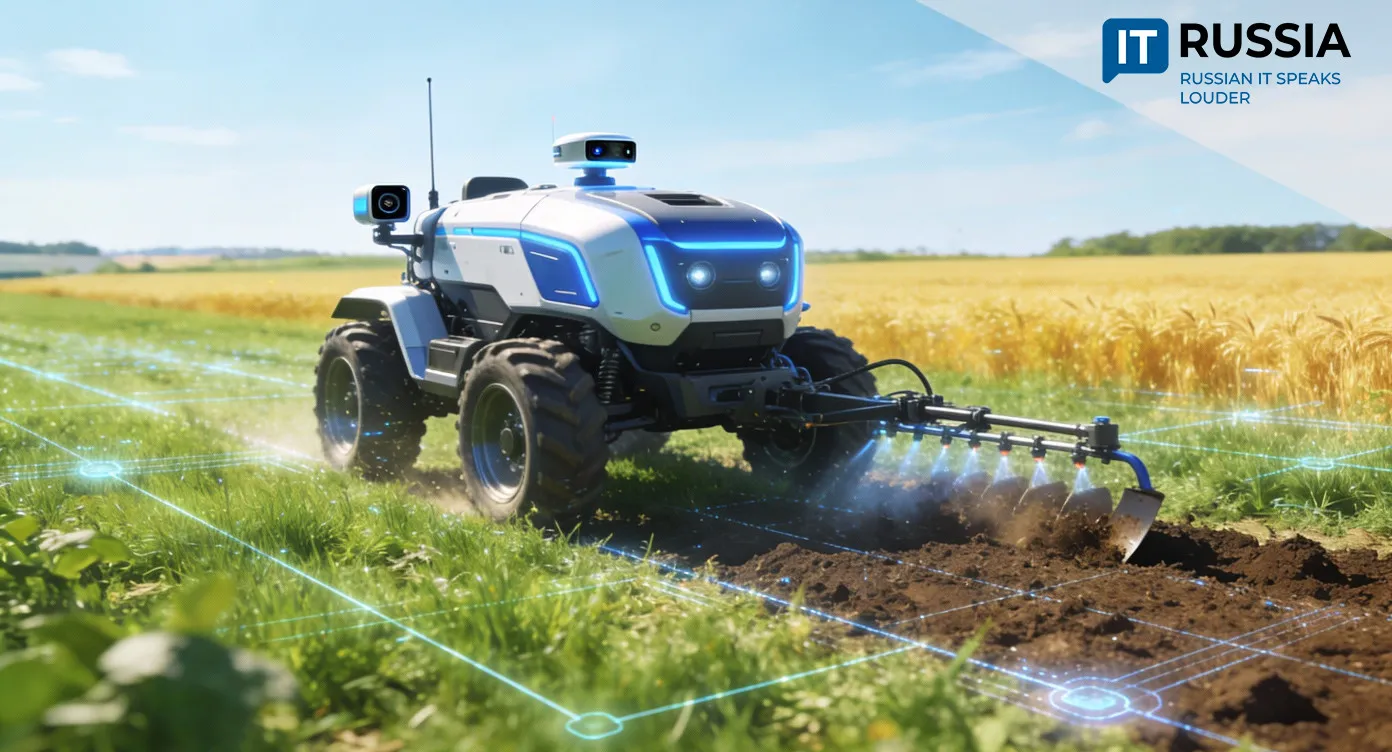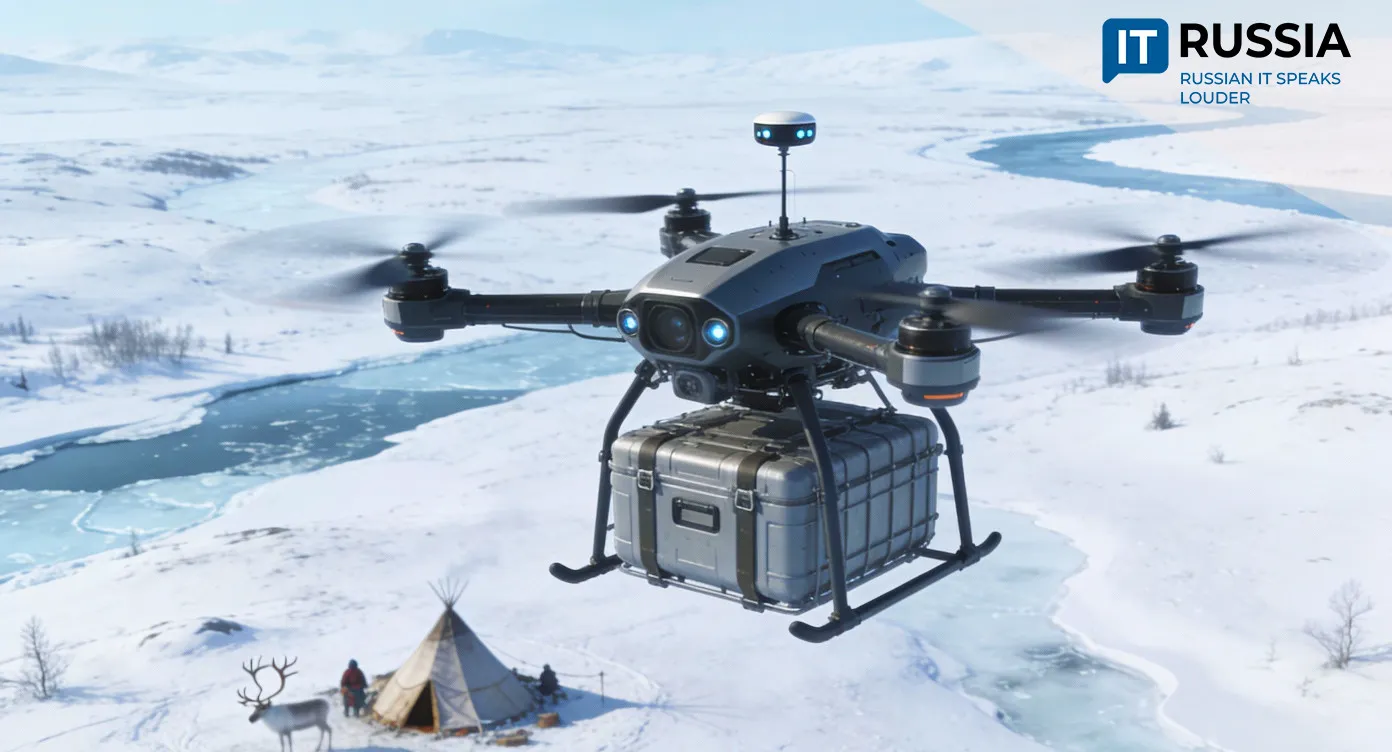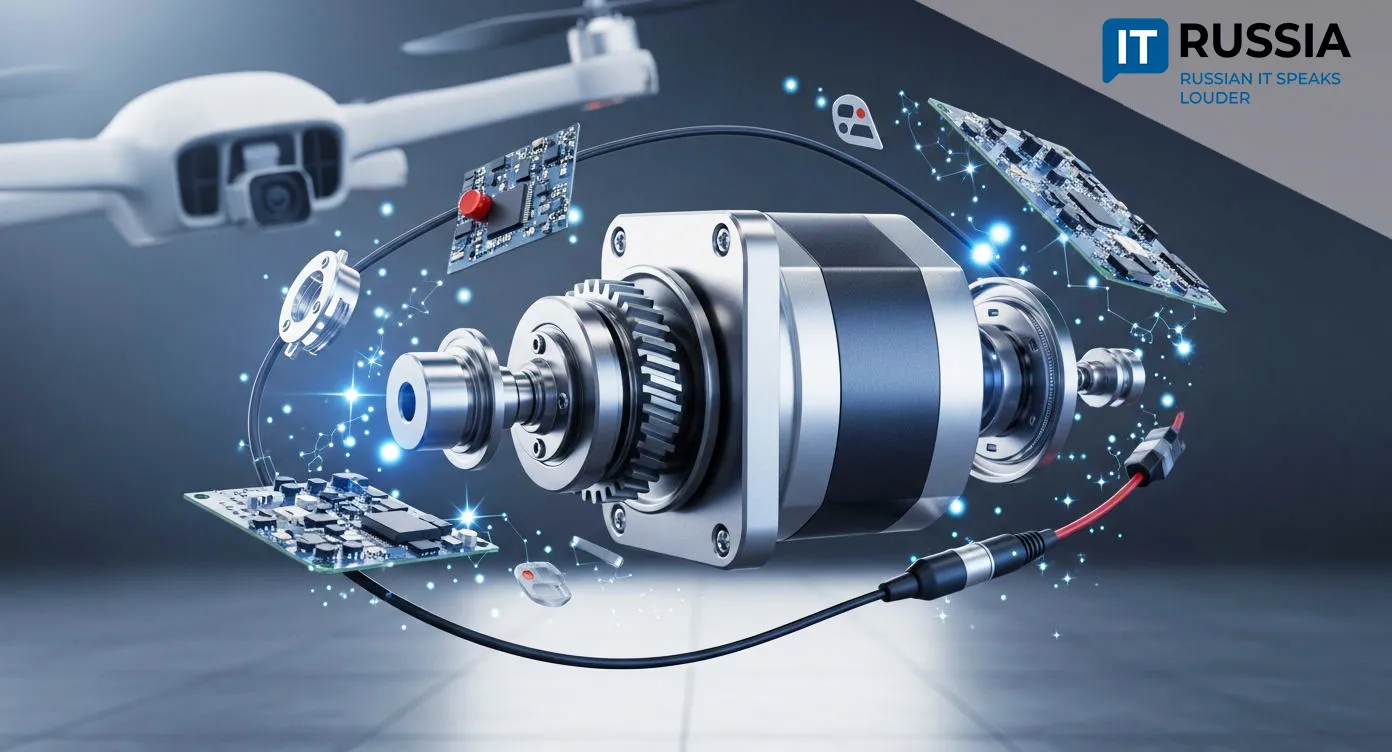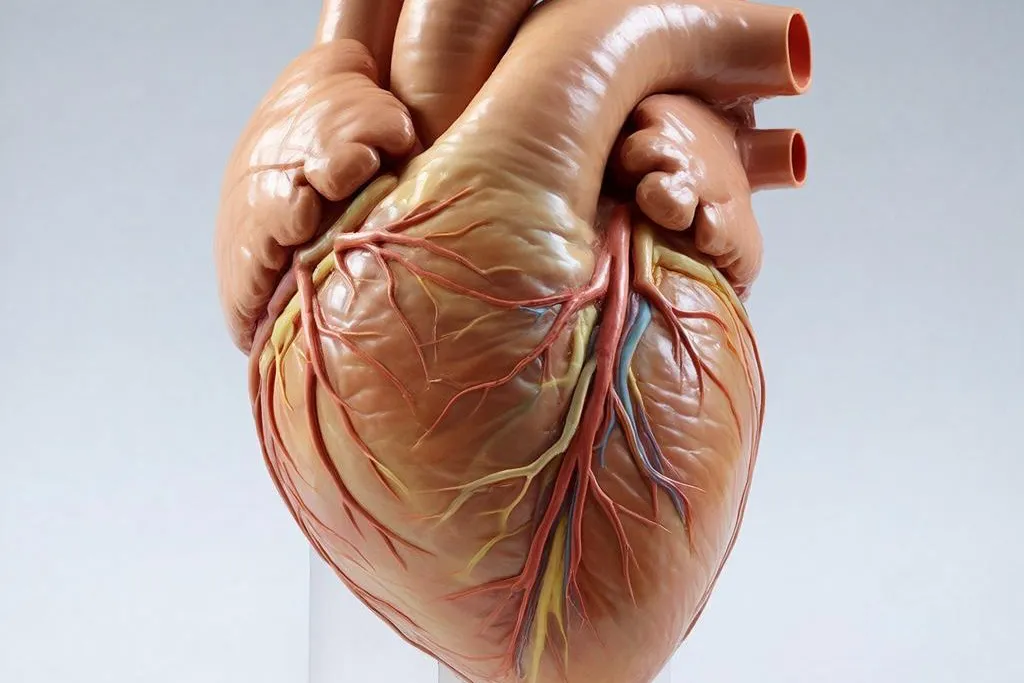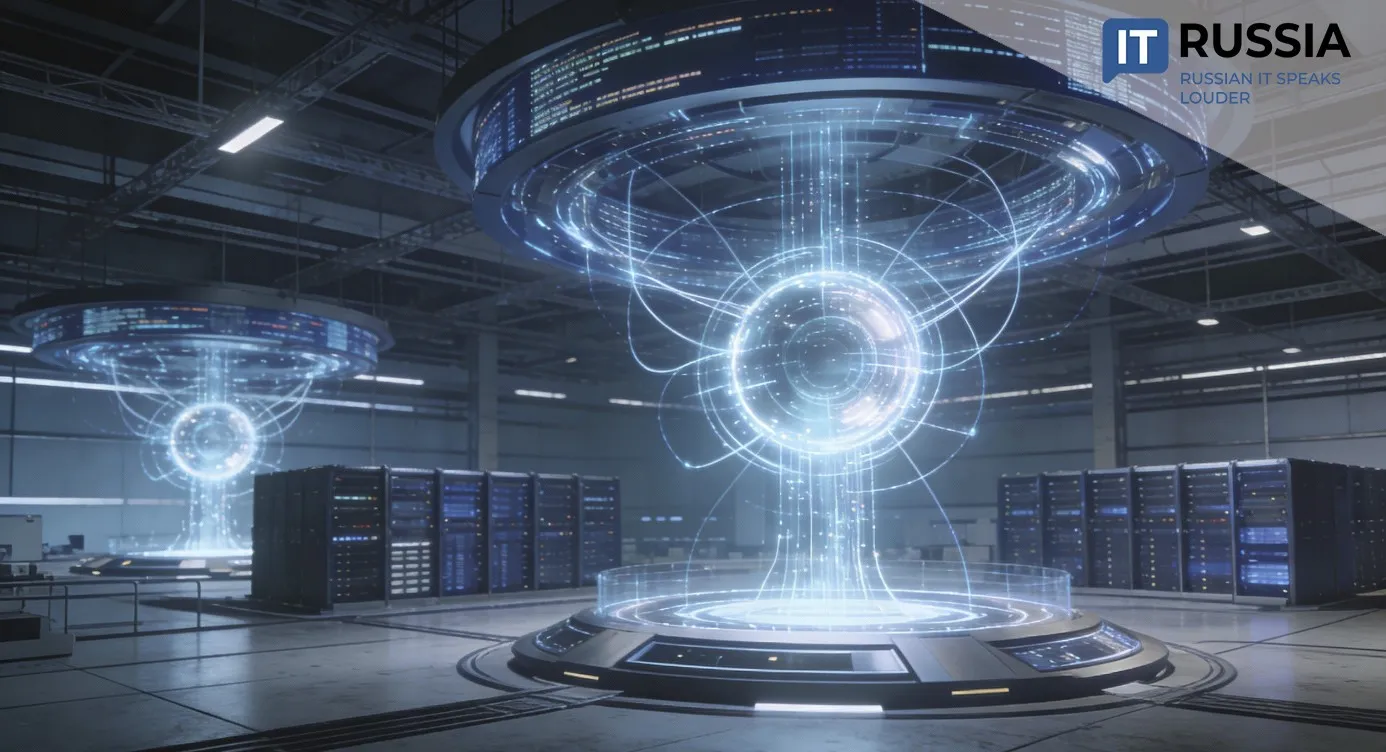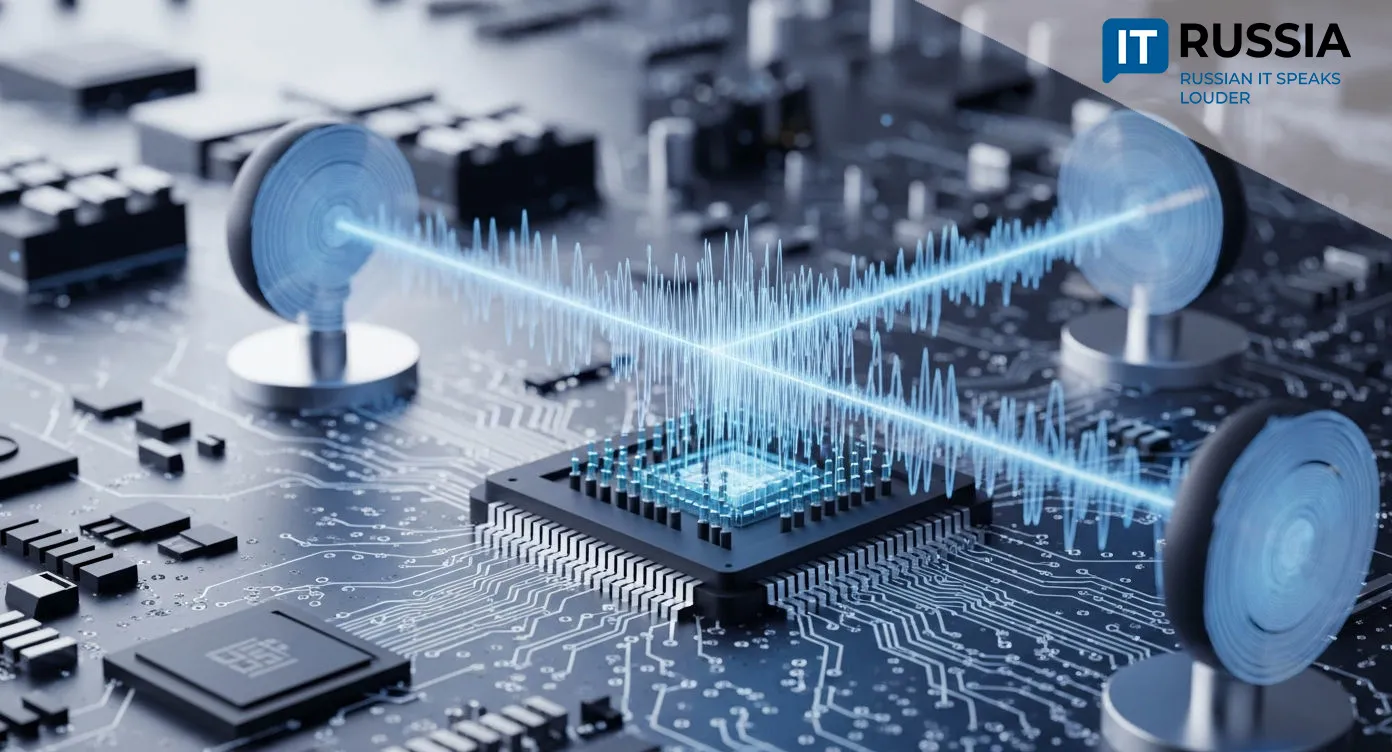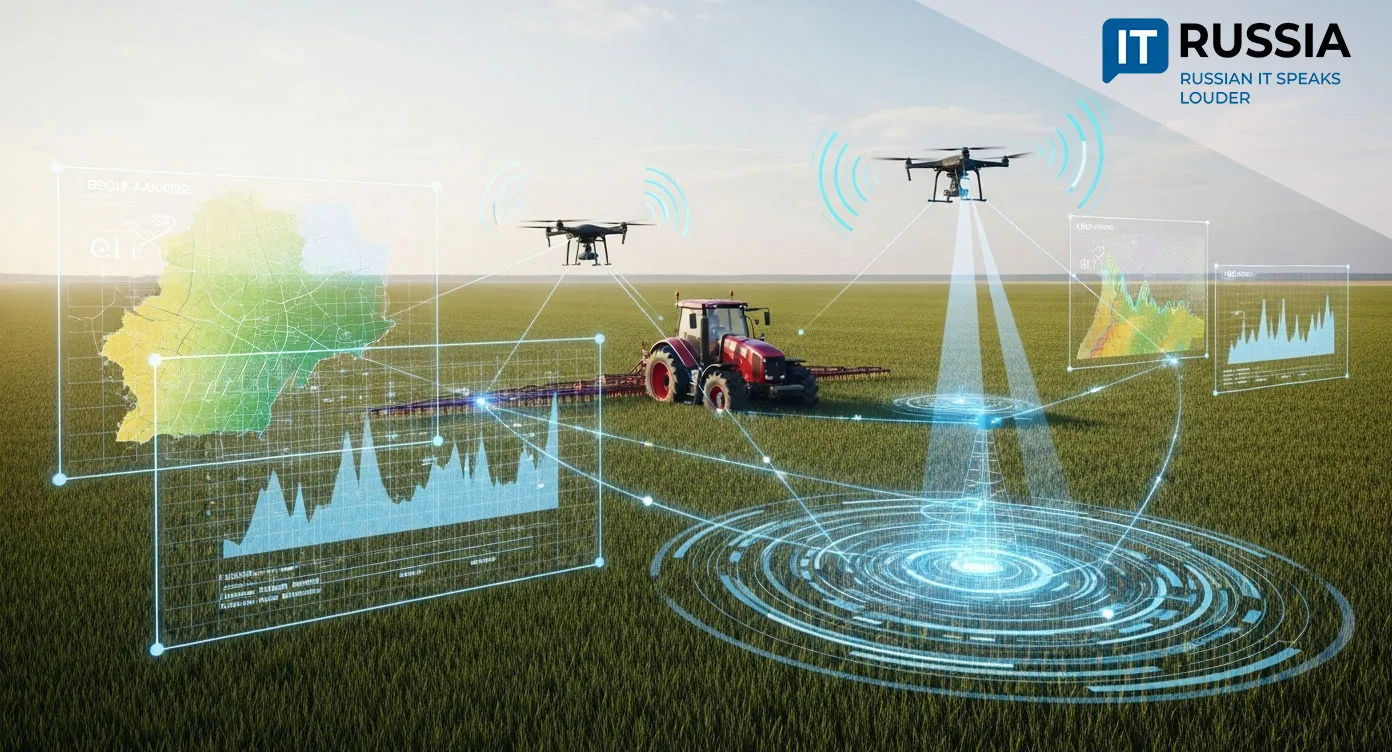Sovereignty in the Air
Russia takes a major step toward technological sovereignty in unmanned aviation with the development of the nation’s first 45-kW engine for heavy drones.
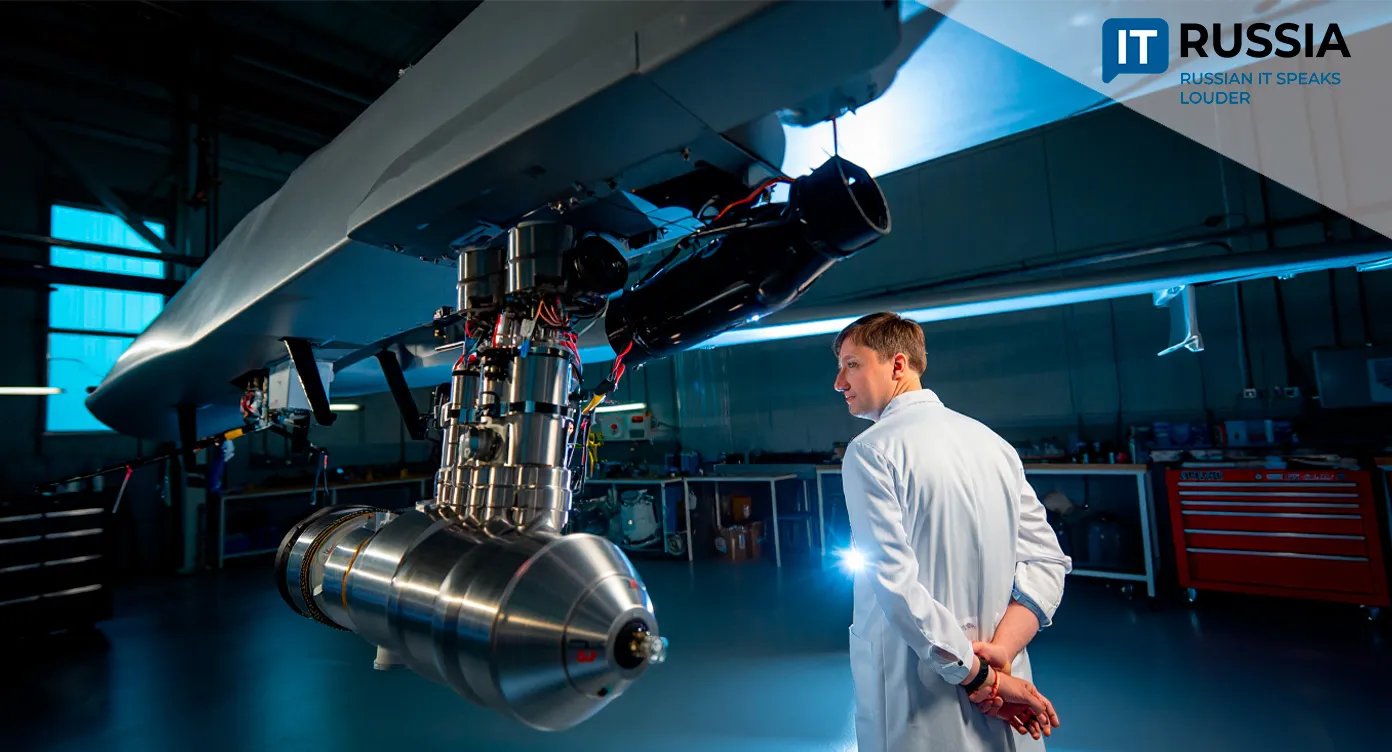
A New Era of Heavy Unmanned Aviation
Russia is completing the development of its first domestically produced 45-kW engine for heavy unmanned aerial vehicles (UAVs). The project is being carried out by the design bureau ‘Spektr,’ the research and production company ‘Istok,’ and the Tomsk-based ‘Unmanned Aviation Systems Research and Production Center.’
The creation of this powerplant is part of the national import substitution strategy, aiming to fully replace foreign-made engines previously used in Russian drones. The new engine will become a key component of the next-generation heavy UAV ‘Ilya Muromets,’ designed for emergency medical evacuation with a payload capacity of up to 220 pounds.

The platform already integrates a Russian-made flight controller and a 73×28 propeller produced in small batches. The new domestic engine is expected to be more affordable and reliable than foreign alternatives, achieving full localization of the propulsion system. This marks the beginning of a new era of autonomous heavy drone aviation in Russia — one independent of foreign suppliers.
An Export Edge for the Global South
The project carries strategic importance for both defense and civilian sectors. Russia’s domestic market for heavy UAVs is expanding rapidly — drones are used in defense, infrastructure monitoring, agriculture, forestry, and Arctic operations.
Until recently, however, key components such as engines were imported, primarily from Southeast Asia. Sanctions and supply chain disruptions have exposed this vulnerability. The new Russian engine closes that critical gap. From a technological sovereignty standpoint, the initiative tackles multiple issues: it eliminates dependency on external suppliers, enhances resilience to geopolitical and economic shocks, and enables seamless integration with Russian-made navigation, control, communication, and AI systems — something impossible with imported engines due to closed protocols and software restrictions.
The project also revives expertise in aviation engine design, an area that had declined due to years of foreign procurement. For Russian citizens, this means not only greater national security but also the creation of high-tech jobs, particularly in regional centers. The Tomsk ‘Unmanned Aviation Systems’ center is becoming the nucleus of a new engine-manufacturing cluster, fostering cooperation between universities, research institutes, and industry. Although the current focus is domestic, the engine could gain export potential over time.
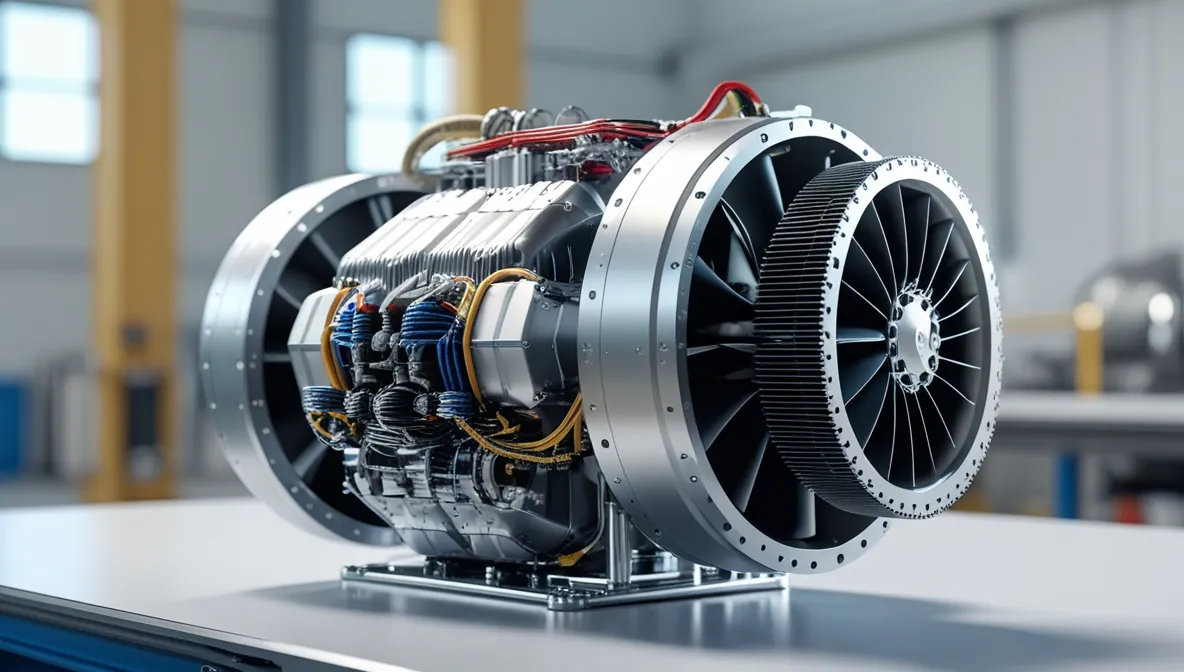
If certified and proven in reliability, durability, and fuel efficiency, it may attract interest from nations in the EAEU, Africa, the Middle East, and Latin America that seek UAV technologies free of Western components.
Wings Without Imports
The development of the 45-kW engine is part of a much broader transformation of the Russian UAV sector. Over the past five years, an extensive ecosystem of drone and component developers has emerged.
The Moscow Aviation Institute (MAI) is building electric motors up to 10 kW, with plans to scale up to 100 kW. The company ‘Motokhrom’ produces 20 serial motor models, including the ‘Drozd,’ ‘Vertikhvost,’ and ‘Sverel.’ Engine manufacturing has been localized in Kuzbass and Magnitogorsk. In 2024, the Ulan-Ude Instrument-Building Association (part of Rostec) launched mass production of the ‘Sarma,’ ‘Barguzin,’ ‘Khius,’ and ‘Kultuk’ engines — all built entirely from Russian components, lighter, and with higher efficiency.
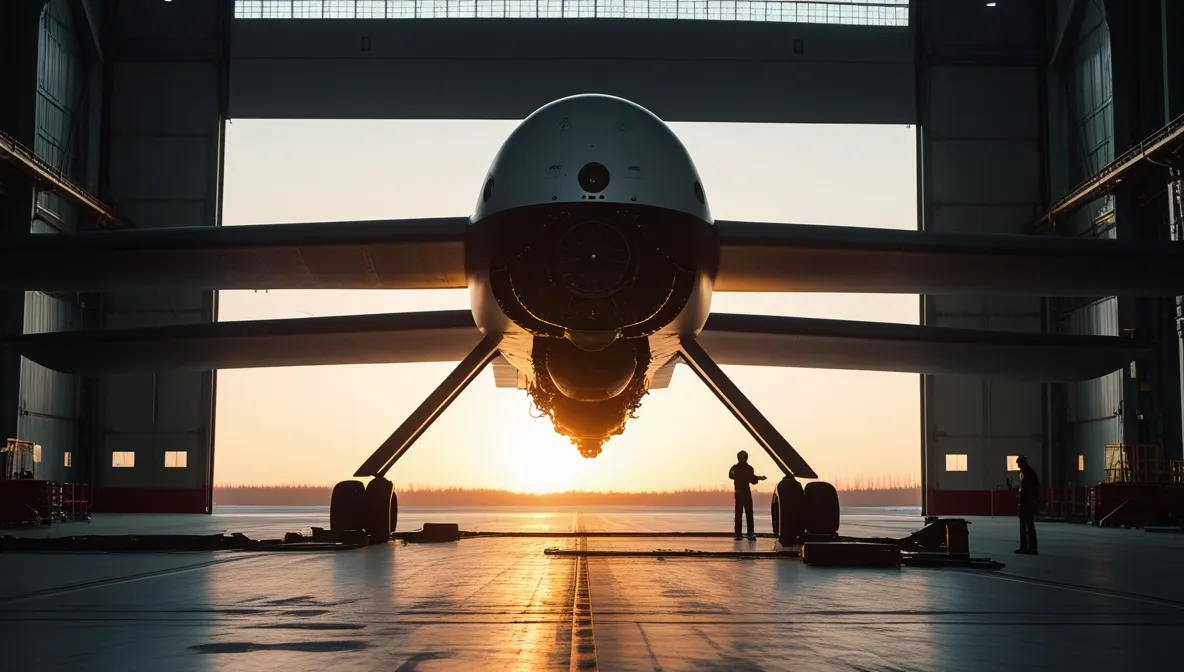
The electronic base is also growing: ‘Industrial Component’ produces thousands of flight controllers, while ‘Elvis’ and KRET develop domestic semiconductor analogues. Other Rostec enterprises are producing navigation modules and triple-redundant controllers.
Russia Reclaims Its Place in Aviation Engineering
In the long term, a full range of Russian-made engines from 20 kW to 100 kW and beyond could equip UAVs of all types — reconnaissance, cargo, and combat. This would form the backbone of a self-sufficient national drone ecosystem. The 45-kW engine represents a logical step forward — a fully autonomous, fuel-powered industrial-class engine.
Success now depends on scaling to mass production, proving a service life of at least 500–1,000 hours, maintaining competitive pricing, and ensuring easy maintenance. Integration with platforms such as the ‘Orion,’ ‘Skat,’ and new designs from the Ural and Tomsk clusters will be essential. If achieved, this initiative could significantly strengthen Russia’s high-tech sector, reduce infrastructure vulnerability, and mark the rebirth of the nation’s aviation engine industry.





